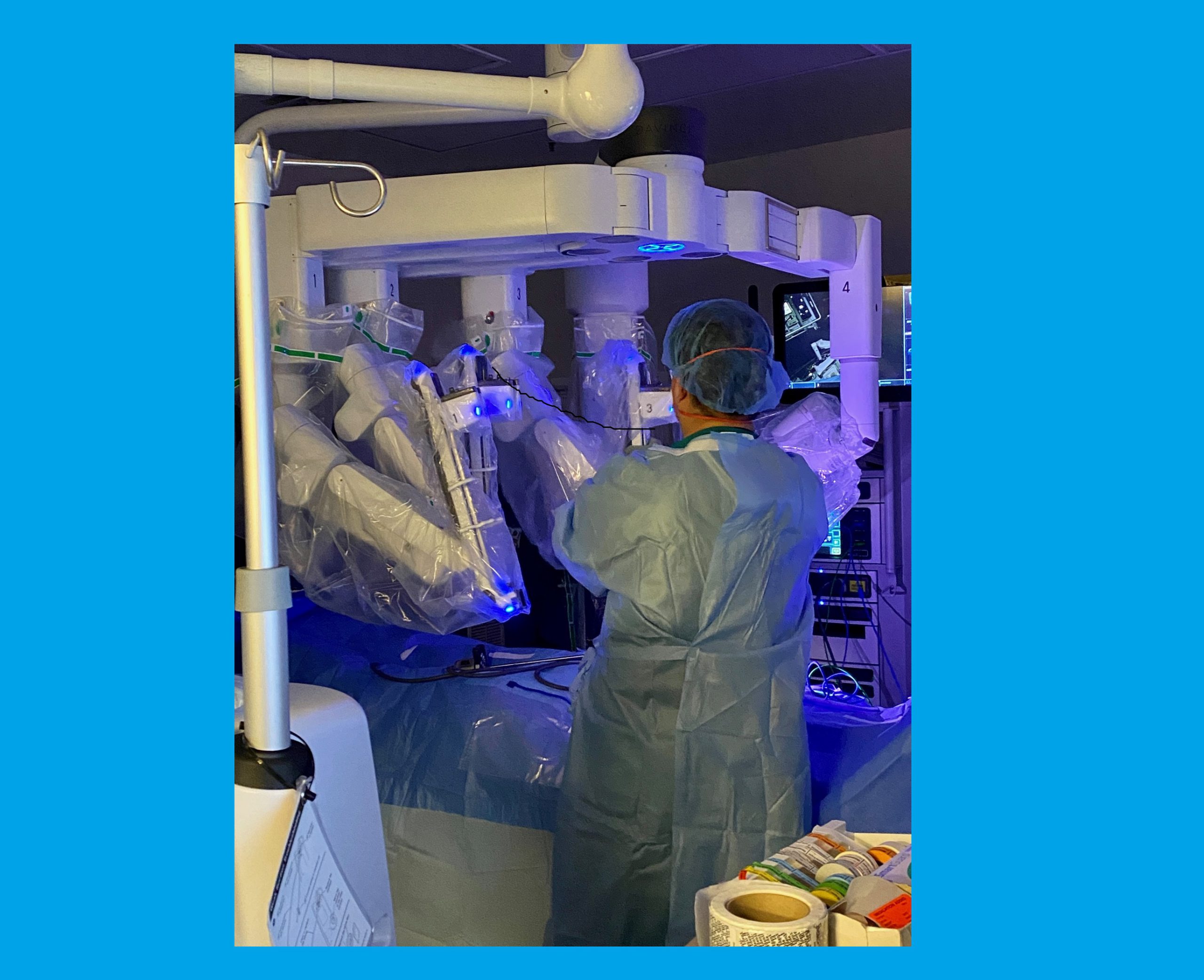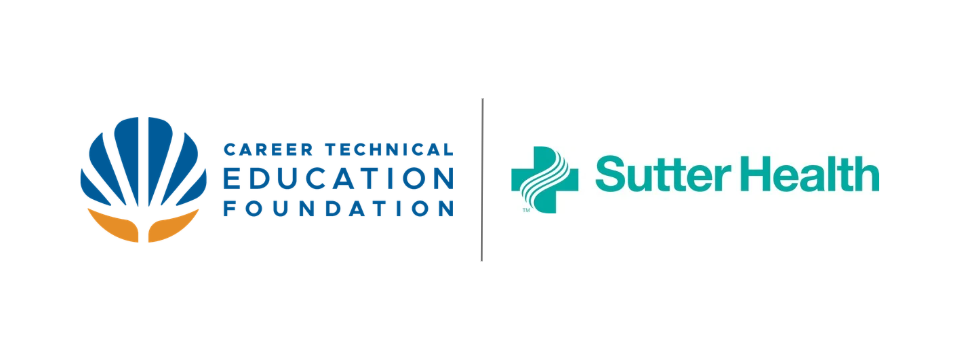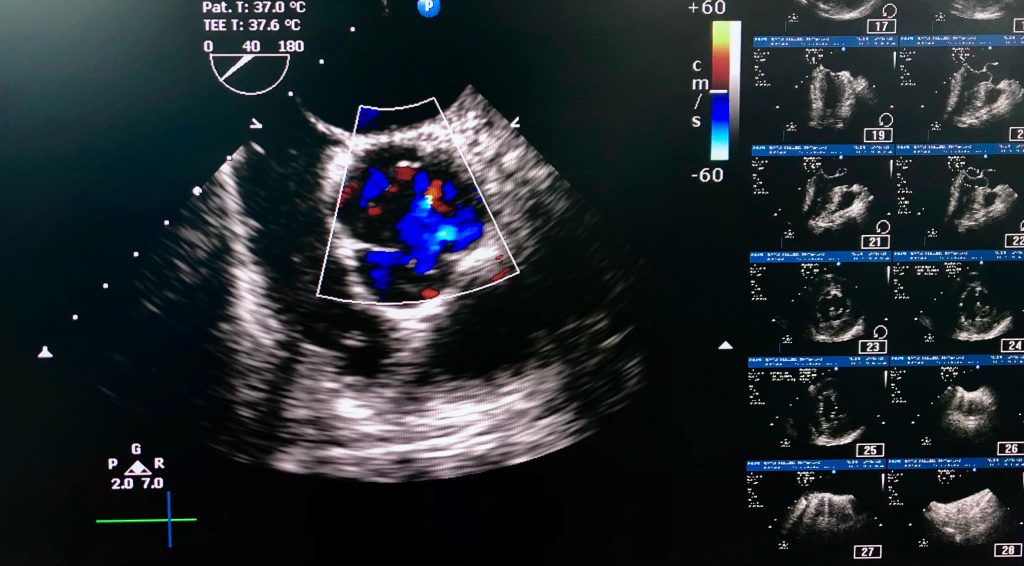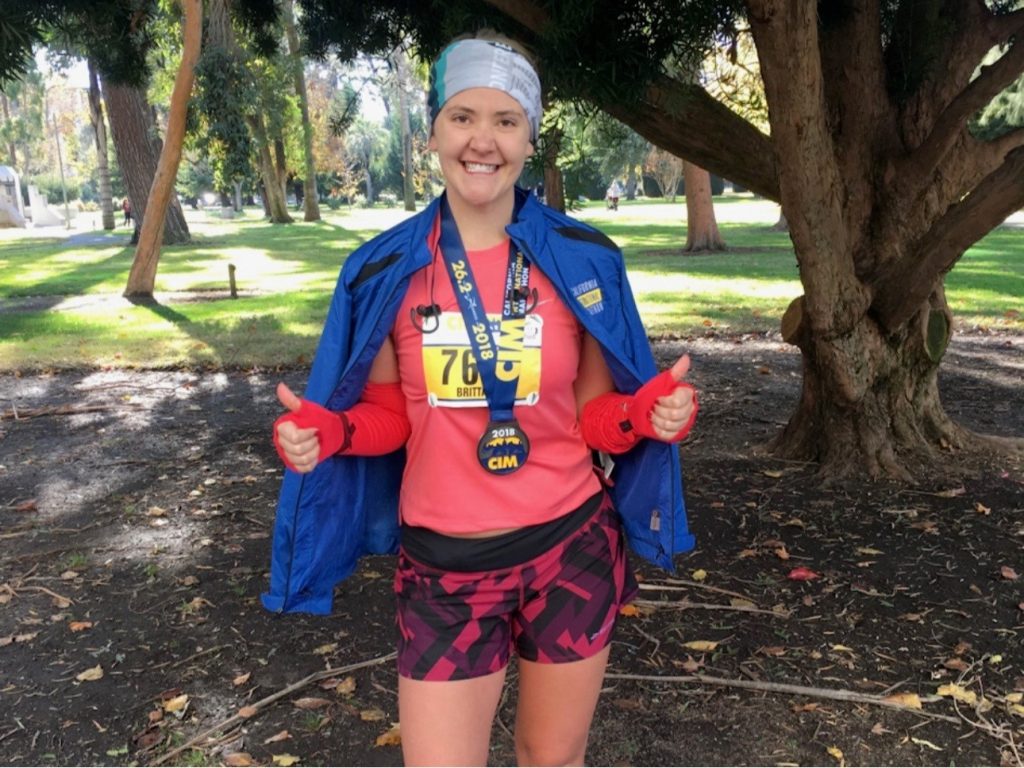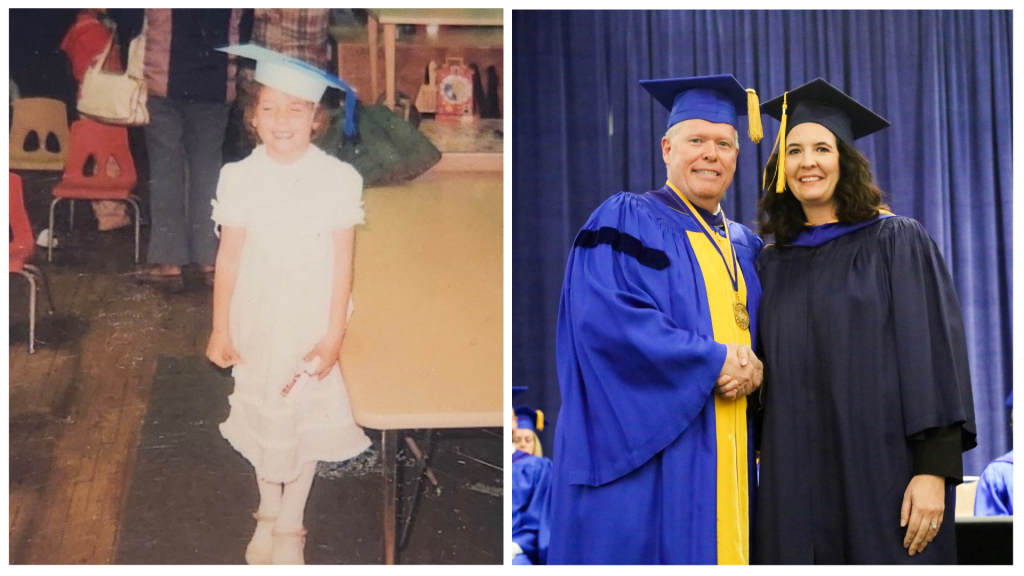Robot-assisted Surgery Offers Advanced Care & the Comforts of Home for Local Patients
By Lara Azar, Vitals contributor
The newest member of the Sutter Davis Hospital surgery team was born an expert—keenly observant, uncommonly adept and coolly collected under pressure. The only thing missing? A name.
And now, thanks to a 15-year-old Davis Senior High School student, the hospital’s new surgical robot has one: Robotic Operative Synched Surgeon…but you can call it R.O.S.S.
Last fall, Sutter Davis became the latest hospital in Sutter’s integrated system of care to welcome a da Vinci Surgical System to support minimally invasive robotic surgery. Here’s how it works: the surgeon sits at a console that controls robotic arms featuring small instruments that act as extensions of the surgeon’s hands. The arms move at the surgeon’s initiation, but with much better range of motion, built-in tremor filtration to help with precise movement, and a vision system that magnifies the surgical area 10 times over what the human eye sees. These less-invasive procedures can allow patients to go home sooner with less pain, a shorter recovery, fewer post-operative complications and less scarring than more invasive surgeries.
When this technology debuted at Sutter Davis, the team there welcomed the opportunity to offer patients such advanced care in their own backyard. And when it was time to give it a name, those community ties were evident once again when hospital leaders presented on the new surgery program alongside device manufacturer Intuitive Surgical at Davis Senior High School. They brought a demo da Vinci robot, allowing students to use some simulation programs, took Q&A—and tasked the career-technical students with coming up with a name.
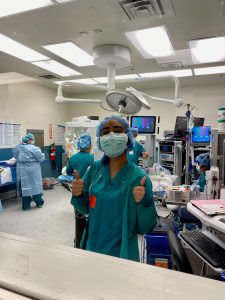
Davis Senior High School student Alina Singh prepares to watch a da Vinci surgery performed at Sutter Davis Hospital by ROSS–the robot she named.
Alina Singh, a 15-year-old aspiring NASA engineer whose parents are healthcare providers themselves, conceived the winning name of ROSS and earned quite a prize in doing so: the opportunity to scrub in and observe a robotic surgery personally. She donned scrubs and personal protective equipment, chose the music in the operating room, listened carefully to instructions on what to do if she felt faint while witnessing the surgery…and then proceeded to not need them as she gamely stood by and observed for the full two hours.
Dr. John Lee was at the controls, explaining step by step what he was doing to repair a recent patient’s hernia and already referring to “ROSS” as he did.
“When we saw the opportunity to bring the program to Yolo County, I was excited that we could offer this advanced technology to our patients,” he said. “The students at Davis Senior High School are amazing! You could definitely see that they had great interest in seeing practical clinical application of robotics. They were also given a chance to get onto the simulator console, and I was impressed by how quickly the students were able to learn the movements.”
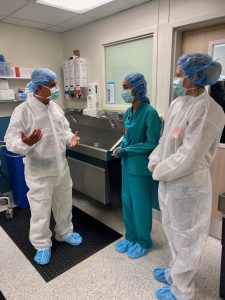
Sutter Davis Hospital’s Chief Medical Executive Dr. Deven Merchant speaks with Davis Senior High School student Alina Singh and her academic advisor Dr. Helke Farin before Singh observed a surgery with the da Vinci surgical robot.
That was certainly the case for Singh, who studies robotics and casually drops “prototyping” and “interplanetary” into conversation when talking about her experience and aspirations. She earned a 50 out of 50, a perfect score on the da Vinci simulator—surprising none of the adults involved.
“I really think it’s the way of the future, and I really appreciate Sutter Davis Hospital reaching out and involving our students like this,” said Dr. Helke Farin. An internal medicine physician-turned-educator, Dr. Farin accompanied Singh to the hospital for her surgery observation. “Career-technical education is about giving kids the information they need to make an informed decision about their career.”
To date, more than 50,000 robotic surgeries have been performed at Sutter Health facilities. Advances in robotic surgery have significantly accelerated since 1992, when the first robotic surgery worldwide to replace a man’s hip was performed at Sutter General Hospital—now known as Sutter Medical Center, Sacramento—just about 20 miles down the road from Sutter Davis.

